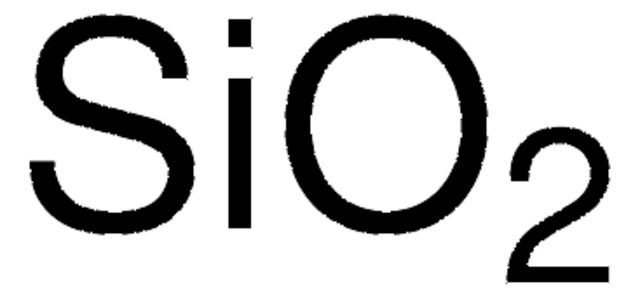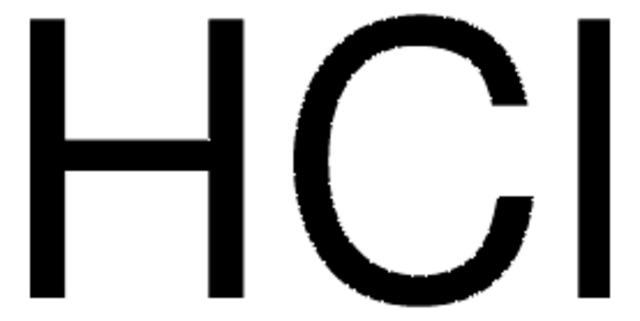30-2730
Titanium(IV) oxide
JIS special grade, ≥99.0%
Synonym(s):
Titania, Titanium dioxide
About This Item
Recommended Products
grade
JIS special grade
assay
≥99.0%
form
solid
composition
rutile, ~90%
reaction suitability
reagent type: catalyst
core: titanium
availability
available only in Japan
mp
>350 °C (lit.)
density
4.26 g/mL at 25 °C (lit.)
storage temp.
15-25°C
SMILES string
O=[Ti]=O
InChI
1S/2O.Ti
InChI key
GWEVSGVZZGPLCZ-UHFFFAOYSA-N
Looking for similar products? Visit Product Comparison Guide
Storage Class
11 - Combustible Solids
wgk_germany
nwg
flash_point_f
Not applicable
flash_point_c
Not applicable
Certificates of Analysis (COA)
Search for Certificates of Analysis (COA) by entering the products Lot/Batch Number. Lot and Batch Numbers can be found on a product’s label following the words ‘Lot’ or ‘Batch’.
Already Own This Product?
Find documentation for the products that you have recently purchased in the Document Library.
Our team of scientists has experience in all areas of research including Life Science, Material Science, Chemical Synthesis, Chromatography, Analytical and many others.
Contact Technical Service



